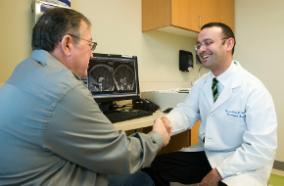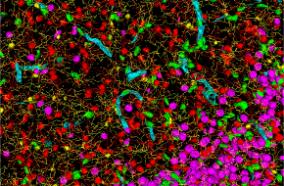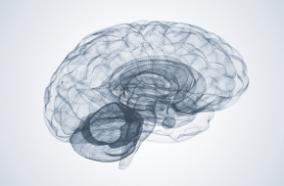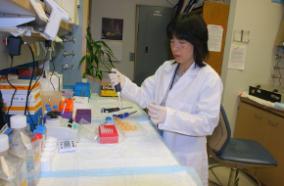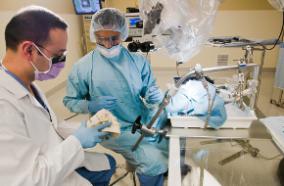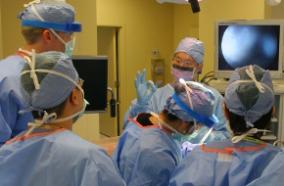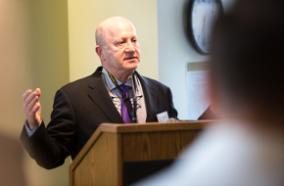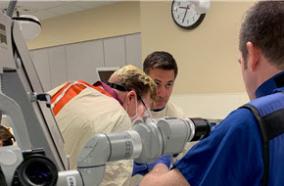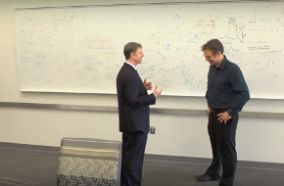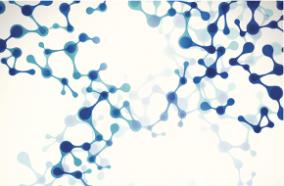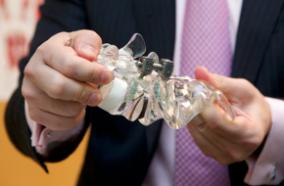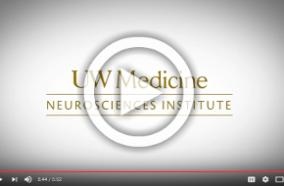Endovascular aneurysm coiling has shown immense promise for non-invasively treating cerebral aneurysms prior to rupture, but due to the complex geometry and inherent randomness associated with current coiling strategies, the technique often fails without satisfactory explanation as to why. In this work we will develop a fully automated method for simulating aneurysm coil deployment and quantitatively optimize the method via comparison with previously obtained high resolution microtomographic imaging of physical in vitro coil geometries. We will then use the optimized methodology, along with fluid structure interaction simulations and virtual angiograms, to examine the resulting effect different coiling strategies have on blood flow through successfully and unsuccessfully treated patient-specific aneurysms, leading to a computational method capable of determining optimum coiling strategies prior to treatment in a way that is not currently possible.
Sponsor: Brain Aneurysm Foundation

